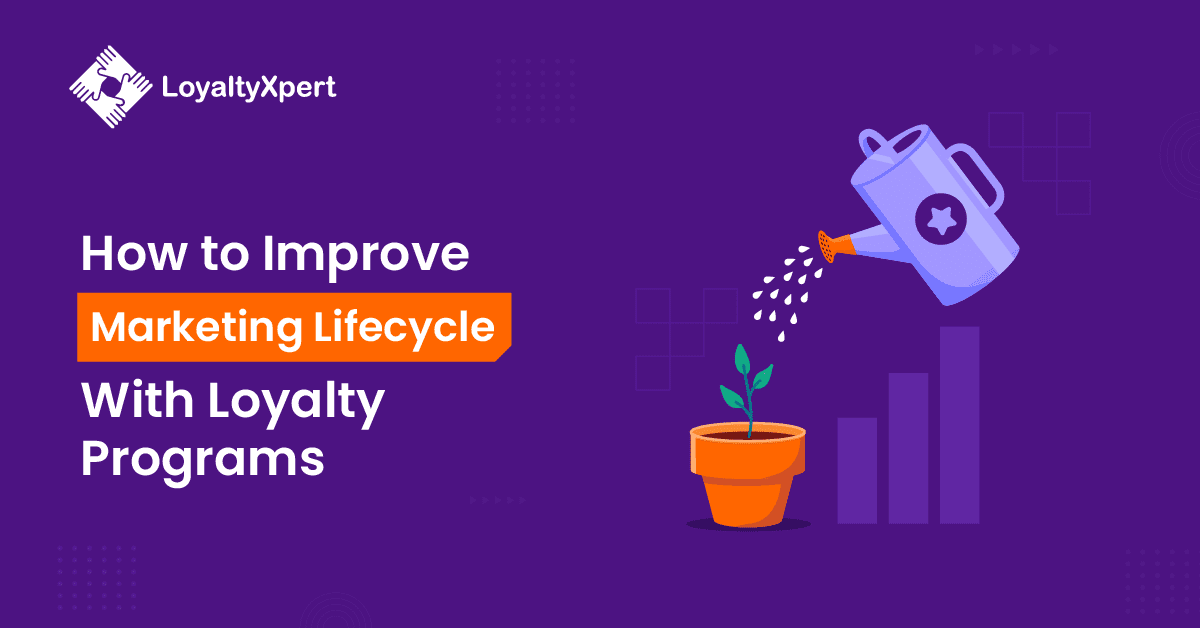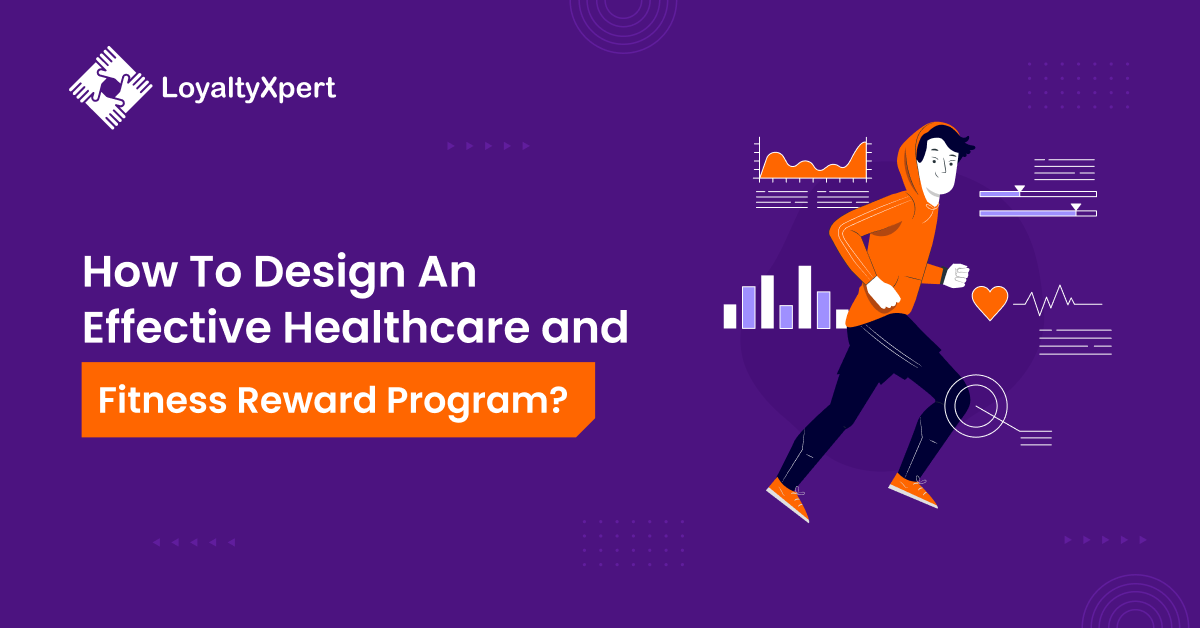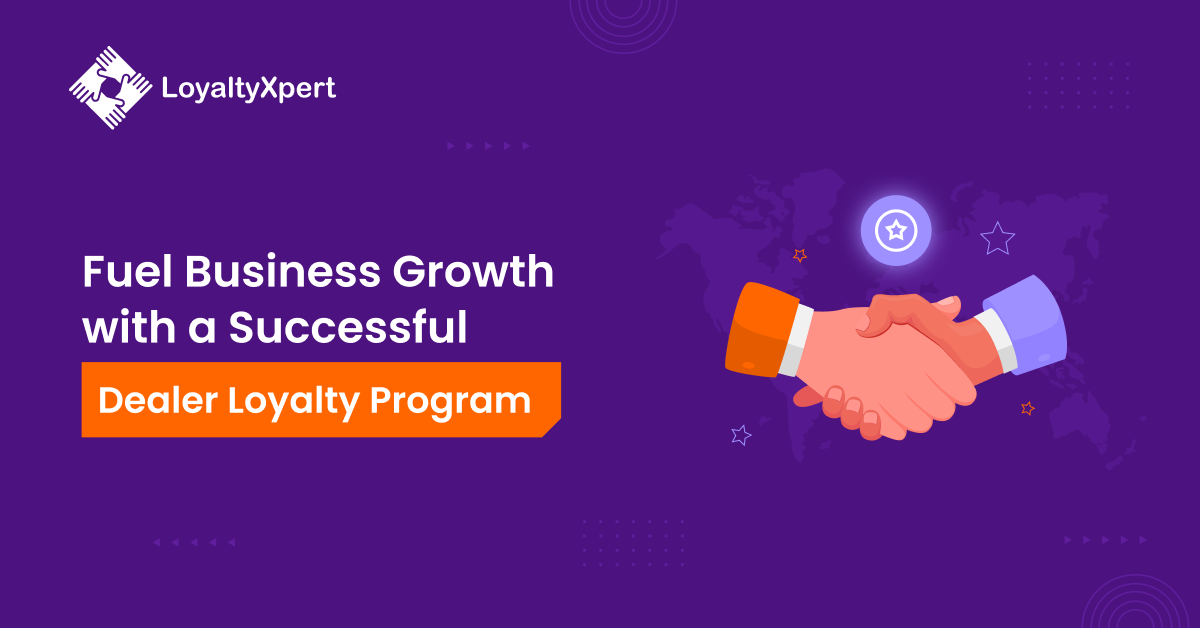CONTENT
While creating customer loyalty programs, every B2C business must take lifecycle marketing into account. That’s because customer lifecycle marketing can enable them to study and track their customers’ journey. And, make them brand advocates.
This blog post discusses everything you need to know about lifecycle marketing and how you can enhance it with your loyalty programs. Read on and thank us later.
What is Lifecycle Marketing?
Lifecycle marketing refers to the stages involved in targeting, converting, and retaining customers. It includes the journey from getting to know a brand, interacting with it, trying its products (or services), and becoming a loyal customer.
Stages in Lifecycle Marketing:
Here are the important stages of the marketing cycle:
1. Awareness
This is the first stage of lifecycle marketing in which customers get to know about the existence of your brand. This goes beyond just displaying the brand name and logo in various marketing channels and waiting for target customers to notice. It presents a golden opportunity for brands to catch prospects’ attention and create a lasting impression in their minds. Brands can build a strong awareness by:
- Creating buyer personas and different audience segments.
- Researching and strategically using effective keywords to make it easy for prospects to find the brand and products (or services) they are searching online.
- Creating shareable content and targeting specific audiences.
- Running paid and organic ads and partnering with influencers.
2. Engagement
This is the stage where the first interaction between brands and prospects happens. After knowing about a brand, the target audience wants to know more details about its products or services. So, they initiate the conversation and engage with the brand after visiting its website, social media pages, or brick-and-mortar store. Brands can create effective engagement by:
- Designing tailored marketing campaigns that address specific customers.
- Being presentable and using high-quality videos and images of products and services.
- Creating case studies that highlight the brand’s success stories.
3. Conversion/Purchase
This is the stage in which prospects become paying customers. They handpick the products (or services) they like and want to try. They hand over their hard-earned cash. In this stage, you don’t need to promote your brand anymore. Instead, you must focus on sales and after-sales more. You can make the most of this stage by:
- Giving free demos to boost customer’s confidence.
- Offering clear information about pricing plans.
- Providing proactive support to instill confidence.
- Sending after-sale emails that answer all FAQs.
4. Retention
In this stage, customers who like a brand’s products (or services) will continue to do business with it. Apart from the quality of products and services, the quality of customer experience also plays a key role in deciding the longevity and stickiness of customers. As customers proceed to buy one more time, brands can take effective steps to bolster customer retention by:
- Sending emails that complement the buyer’s first purchase.
- Providing discount codes for future purchases.
- Creating resources to educate customers about ways to enhance their purchases.
- Providing support options such as FAQ pages, live chats, chatbots, messaging and troubleshooting forums.
5. Loyalty
When customers are so much in love with a brand’s products or services and buy repeatedly, nothing can stop their loyalty. In this stage, customers are not just repeat customers but they are brand evangelists. They not only buy from a brand but they can stop themselves talking about it with their friends, family members, and acquaintances. In this stage, brands can reinforce loyalty by:
- Designing effective loyalty programs and tiered membership clubs.
- Creating referral programs for loyal members who bring new customers.
- Rewarding customers for engaging with the brand and sharing testimonials.
Also Read: The Impact Of Loyalty Programs: Pros And Cons
[pafe-template id=”13671″]
Strategies to Enhance Lifecycle Marketing with Loyalty Programs
Here are five highly effective strategies that can enable you to enhance lifecycle marketing with loyalty programs:
1. Define clear goals
This is the most important step you can take to enhance lifecycle marketing. As noted author and motivational speaker Simon Sinek says “Start with the ‘Why?’” Start by setting clear goals for your loyalty program. Do you want to boost the average transaction value? Do you intend to encourage specific behaviors like referrals? Or, do you want to increase customer retention?
Having well-defined objectives will help you design a program that aligns with your business goals.
2. Know your audience
After defining clear goals, you need to know your audience. Knowing and understanding your target audience is crucial for designing a loyalty program that goes hand in hand with lifecycle marketing.
Knowing your customers doesn’t only mean knowing their names and other personal information. But knowing their behavior and what their pain points are. The best way to do that is to speak to them, conduct surveys, and create customer personas. Take demographics, purchasing behavior, and preferences when crafting your loyalty programs.
3. Handpick the right rewards
The success of your loyalty program depends on the attractiveness of the rewards you provide. Rewards can be of two types—transactional and non-transactional. The former include discounts, branded gifts, exclusive or free products, and more such rewards that have a monetary value.
The latter include early access to sales, invitations to VIP events, exclusive events and experiences, and such rewards that cannot be measured in monetary terms. Ensure that the rewards are meaningful and relevant to your customers.
4. Streamline your program and promote it
Make it easy for customers to join and participate in your loyalty program. Use user-friendly mobile apps or online platforms to track points and rewards. The smoother the customer experience, the more likely they are to engage with the program.
After that, spread the word about your loyalty program through various marketing channels. Use email marketing, social media, in-store signage, and website banners to inform customers about the benefits of joining.
5. Analyze and adapt
Regularly analyze the performance of your loyalty program. Use data analytics to assess customer engagement, redemption rates, and overall program effectiveness.
Based on the insights gained, make necessary adjustments to keep the program fresh and appealing.
In conclusion,
Loyalty programs can go a long way in enhancing lifecycle marketing. When loyalty programs are aligned with each stage of lifecycle marketing, the results can be magical! LoyaltyXpert designs its loyalty initiatives to enhance and complement the customer marketing lifecycle process. If you want to build robust loyalty programs that enhance your lifecycle marketing, contact us today to book a free demo.
See how a smart loyalty program can boost your sales.
Get a free demo and discover how to drive loyalty with ease.
FAQs
admin



